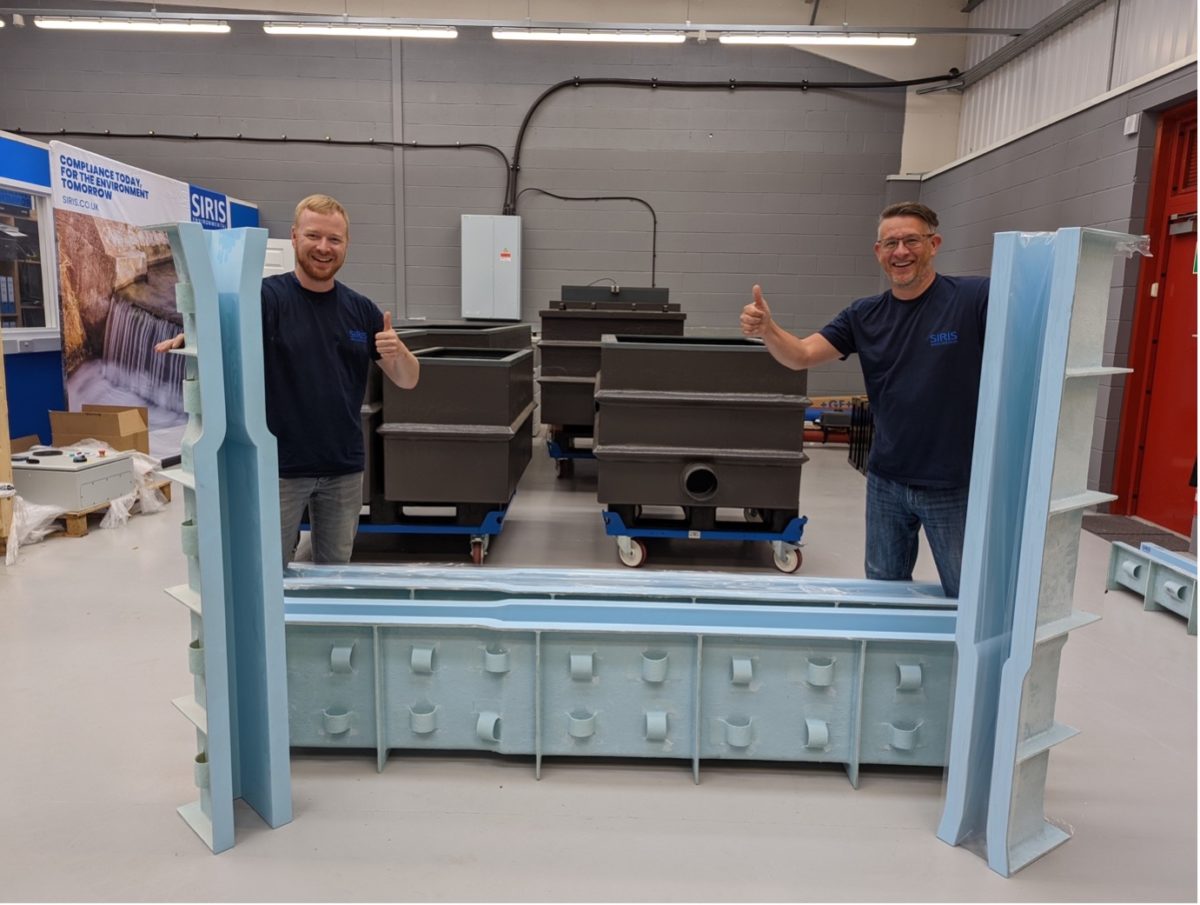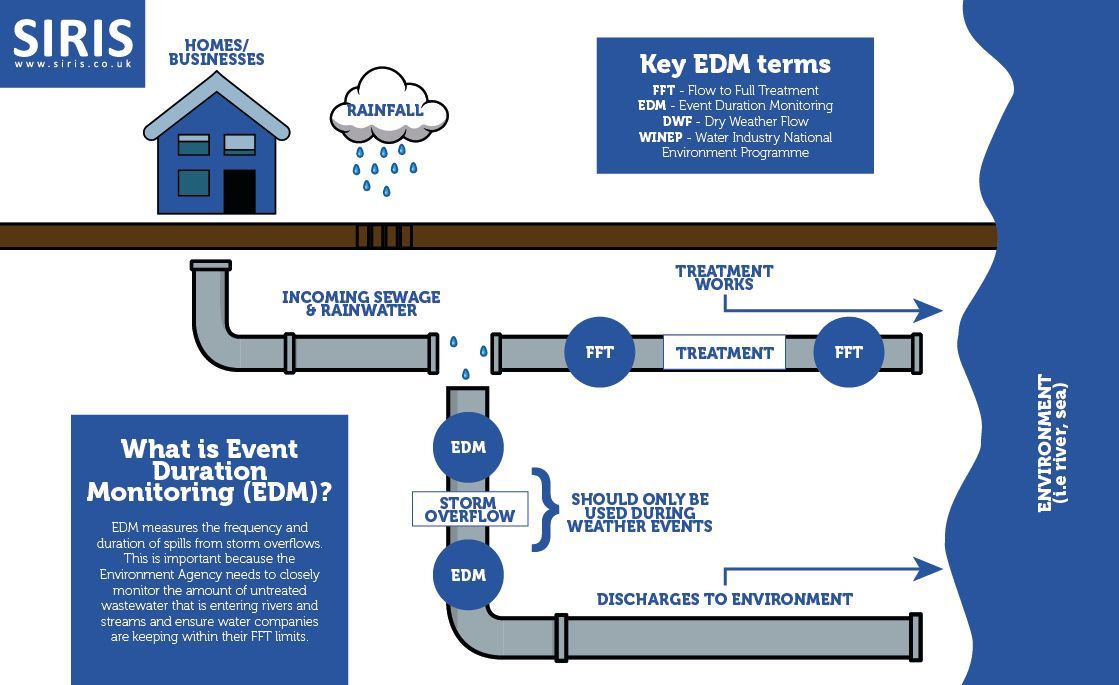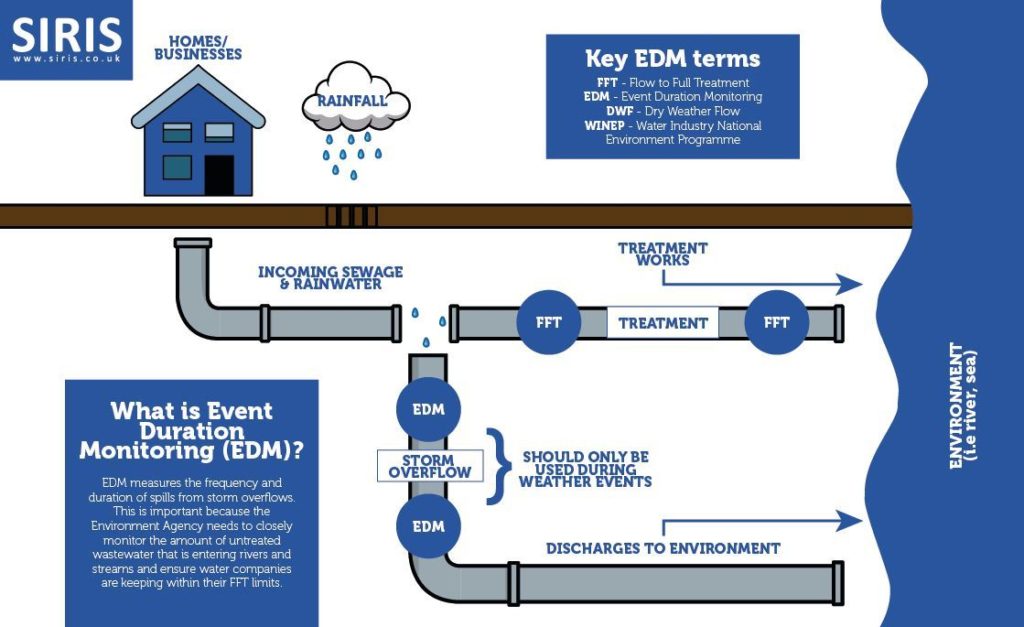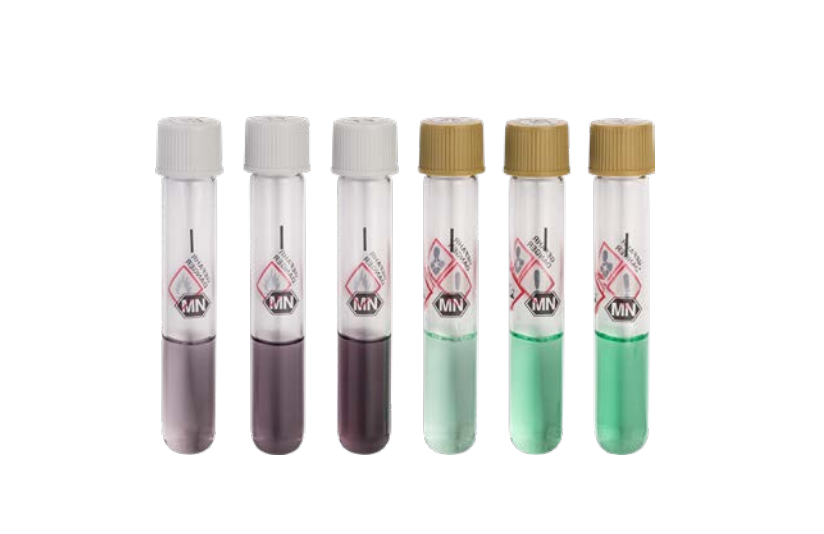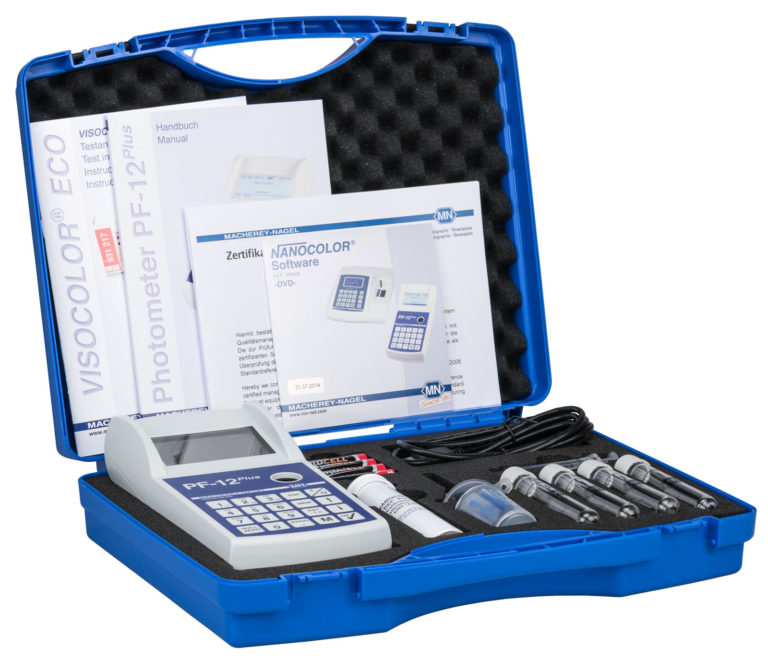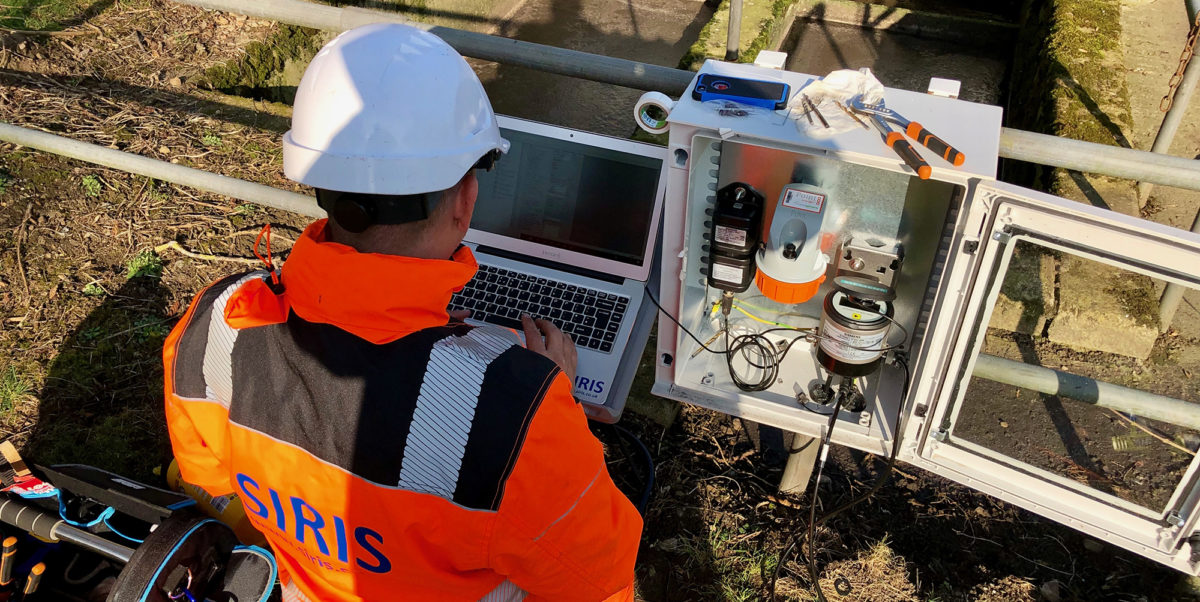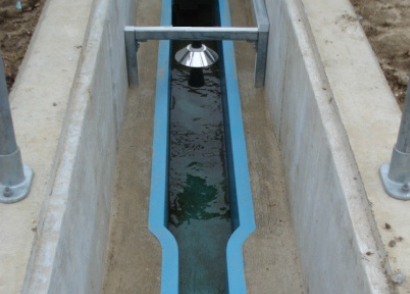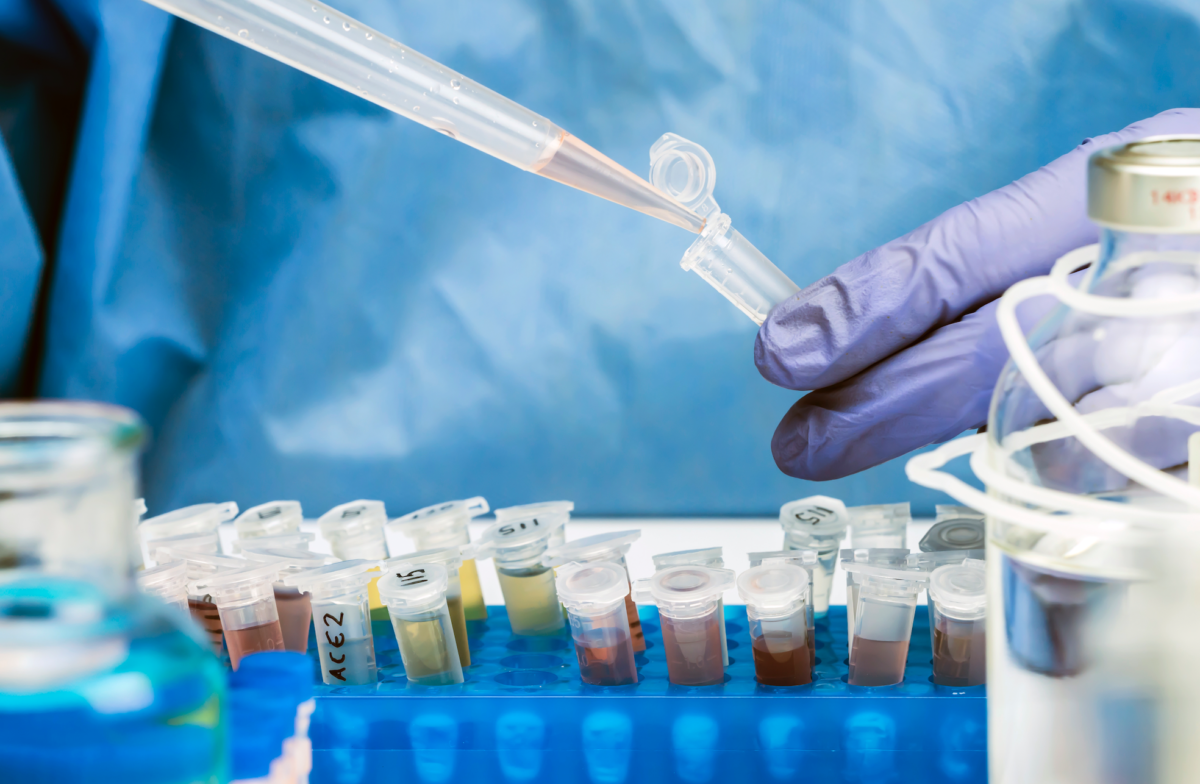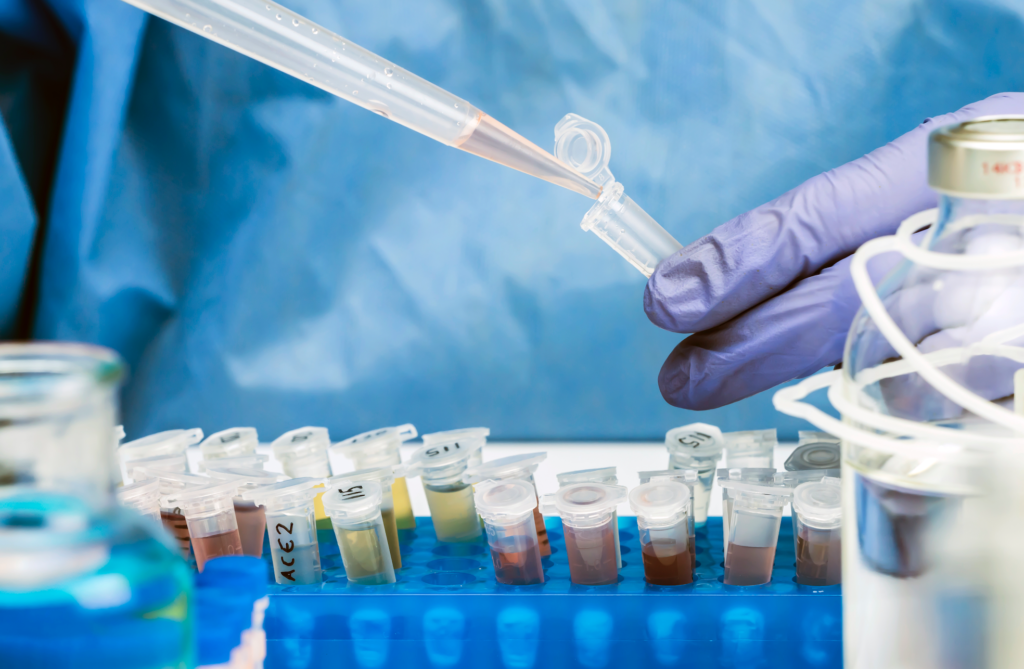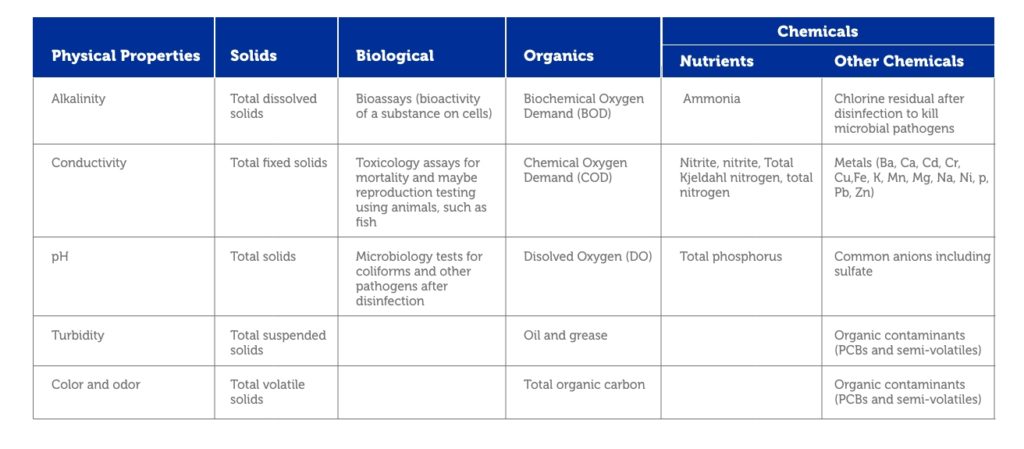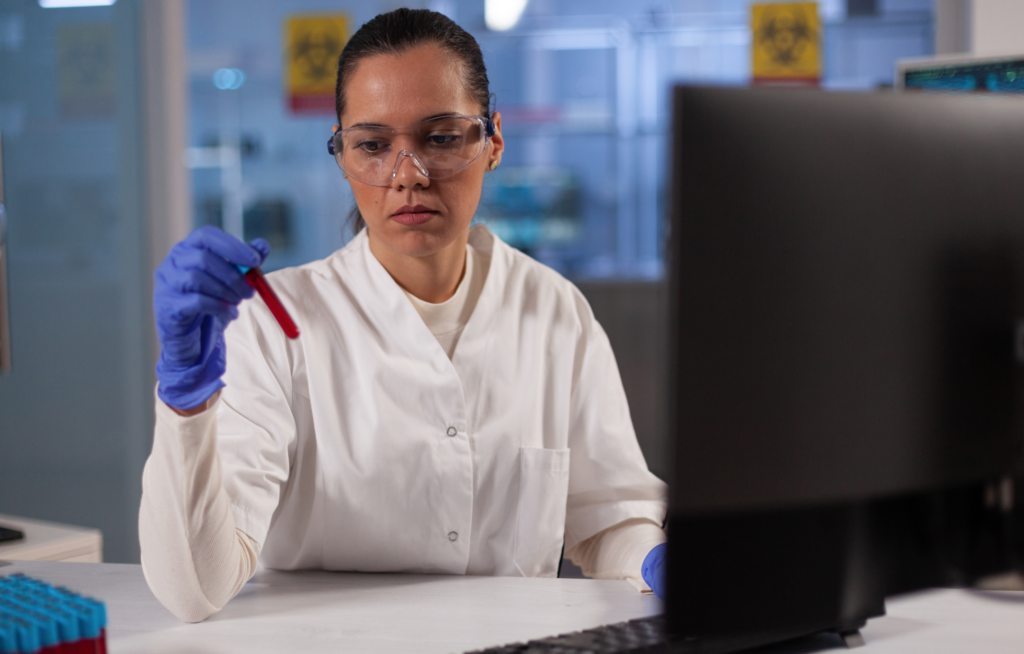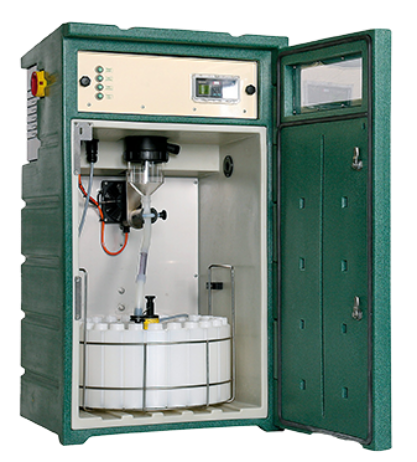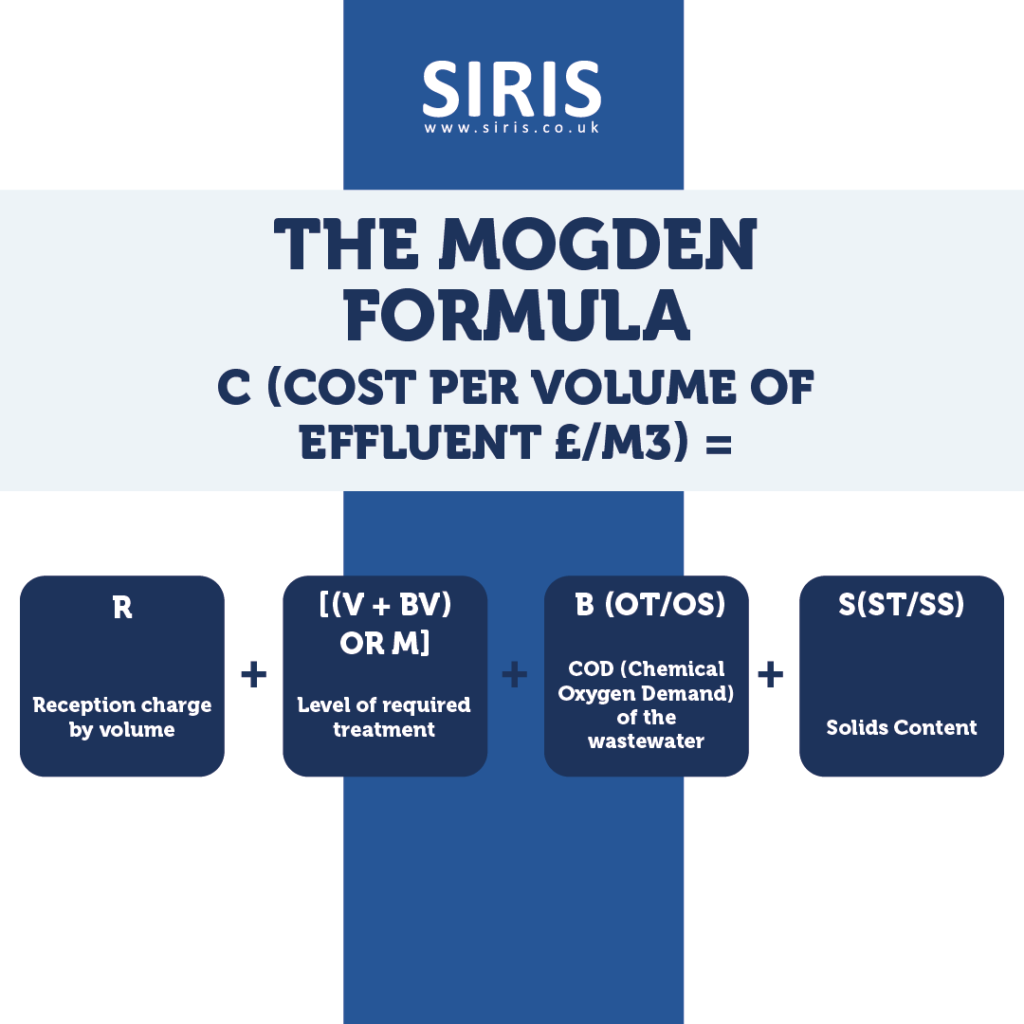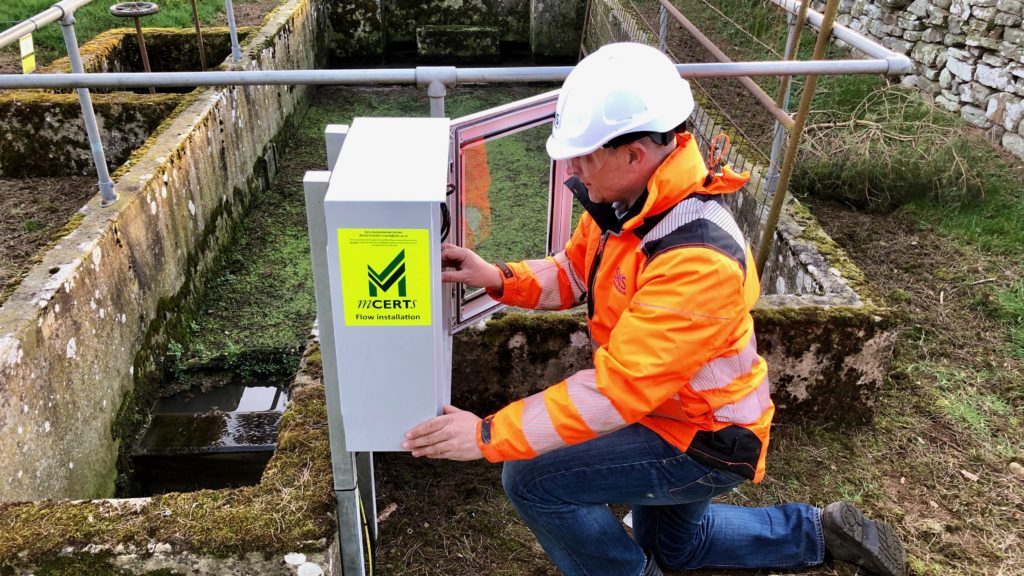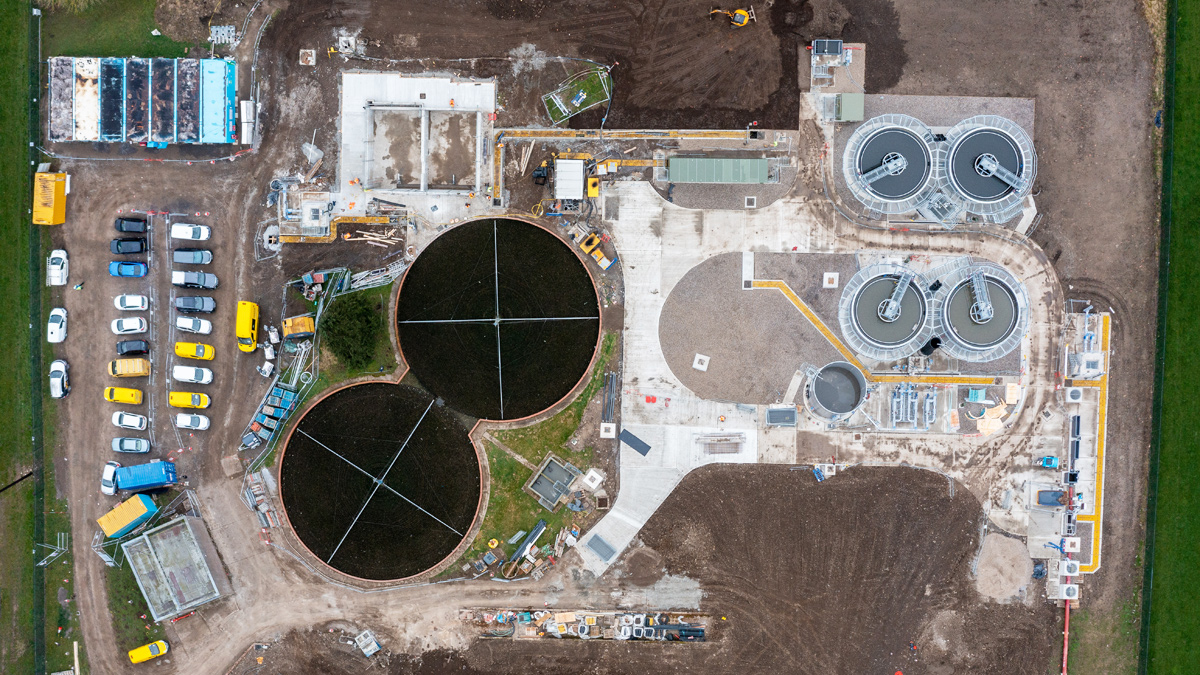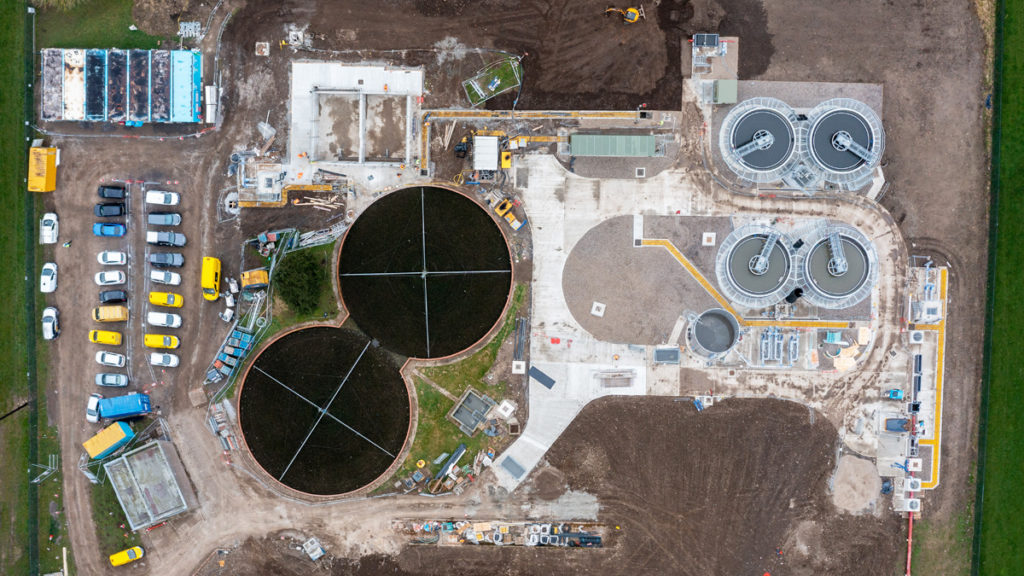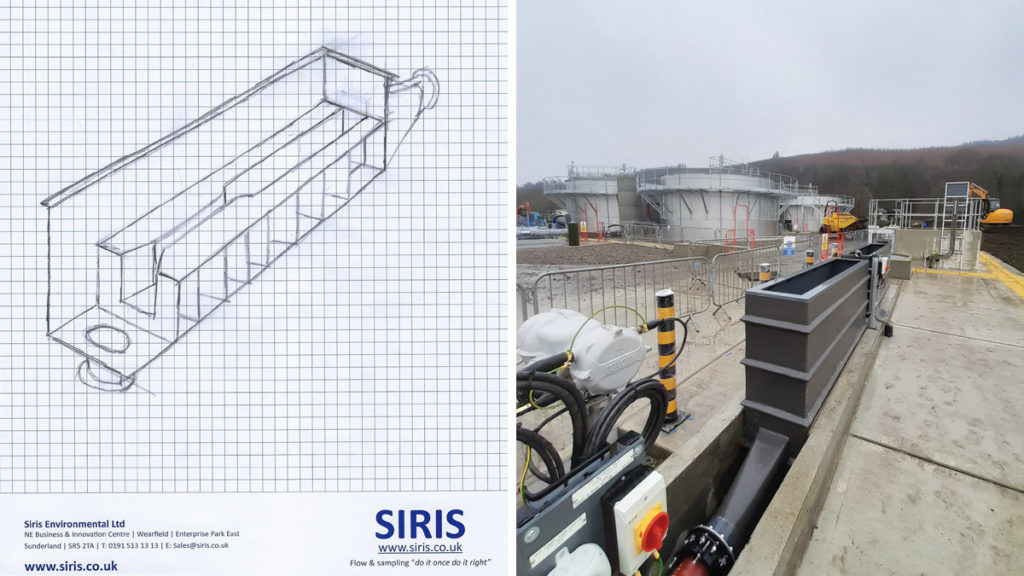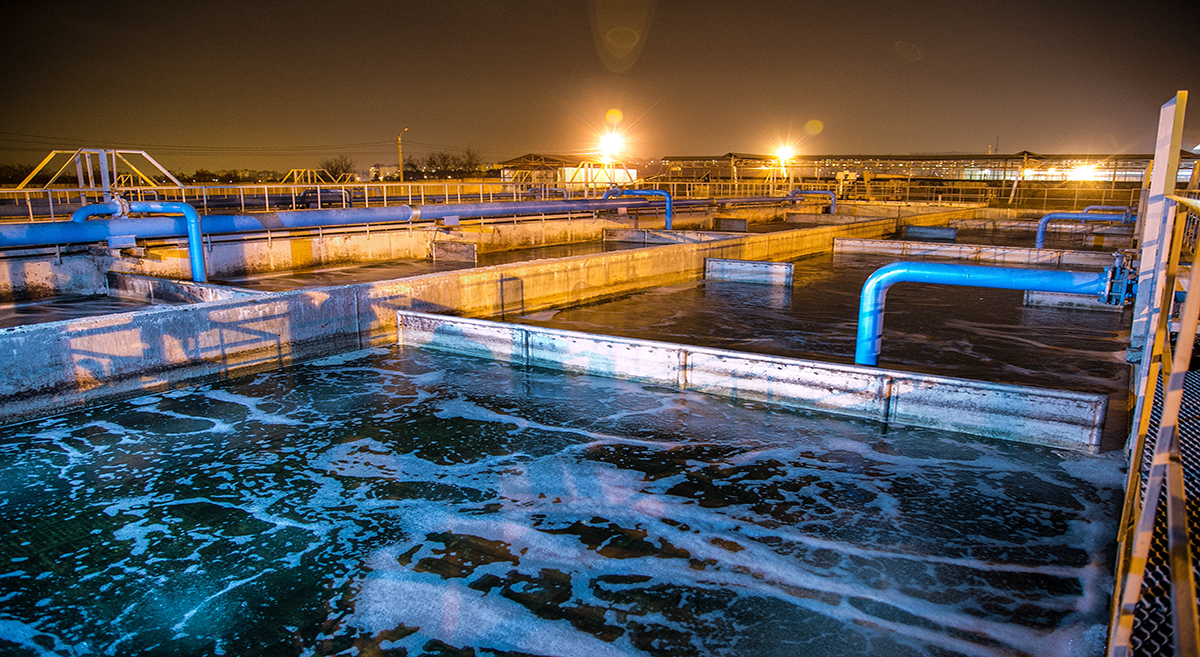FLUMES IN FOCUS
siris2021
on
February 27, 2023
PRODUCTS FOCUS
FLUMES IN FOCUS FOR SIRIS
At SIRIS we are driven by innovation and continuous improvement in our products and processes. Flumes are no exception, with this component being an integral part of the SIRIS product portfolio and many flow monitoring system solutions.
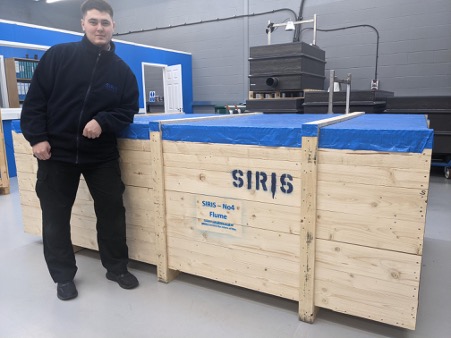
Flume Innovations
Our team has been listening hard to the ongoing needs of clients and modern-day flume requirements and we have consequently implemented two innovations to our range of flumes.
A New, Deeper Flume Option
During a routine post-installation verification check, one of our experienced project engineers quickly identified issues within this flow meter installation. It rapidly became apparent that the third-party contractor had not installed the meter correctly, meaning that incorrect measurements were pulling through to the data feed.
Our engineer was able to recognise that the Sensorprom (the part of the flow meter sensor that carries the unit calibration value) had not been installed correctly and had defaulted to factory settings. This included the incorrect bore size, the calibration (cal) factor and the excitation value.
During our initial response our engineer was able to adjust and reset the flow meter to the unique original Sensorprom characteristics. On adjustment the meter significantly changed its flow reading and this was checked against a secondary time of flight reference.
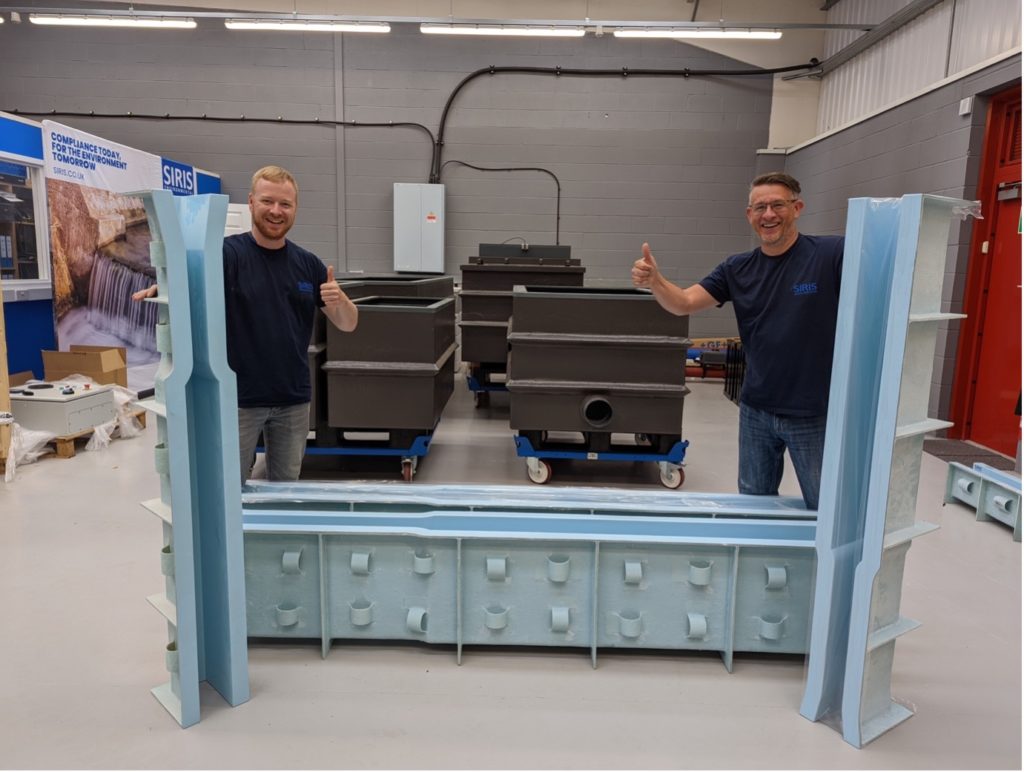
Boxed Flumes
We now offer our flumes in protective boxed packaging. This means that they are better protected against damage and the elements, as well as being kept secure during transit.
The hardwearing purpose-built boxes protect the flumes against knocks and scratches and even have a built-in tarpaulin to allow safe storage on site in wet weather conditions.
Our SIRIS boxed flumes are available in a range of sizes and are in stock for immediate delivery.
We are encouraging our customers to return the boxes to SIRIS to be re-used and help reduce our environmental footprint. Instructions explaining how to arrange the return of the box are included in all shipments.
Lee, Project Engineer
“We are always seeking to innovate and respond to our client needs. These two new additions to our flumes range allow us to further improve our service offering to the market. We are proud of our team here – there is a natural curiosity to investigate possible solutions and find new answers to existing challenges. This is what helps us to stay at the forefront of our industry.”

Require flumes or full flow monitoring system?
Our team has the solution for you. Talk to us today.
